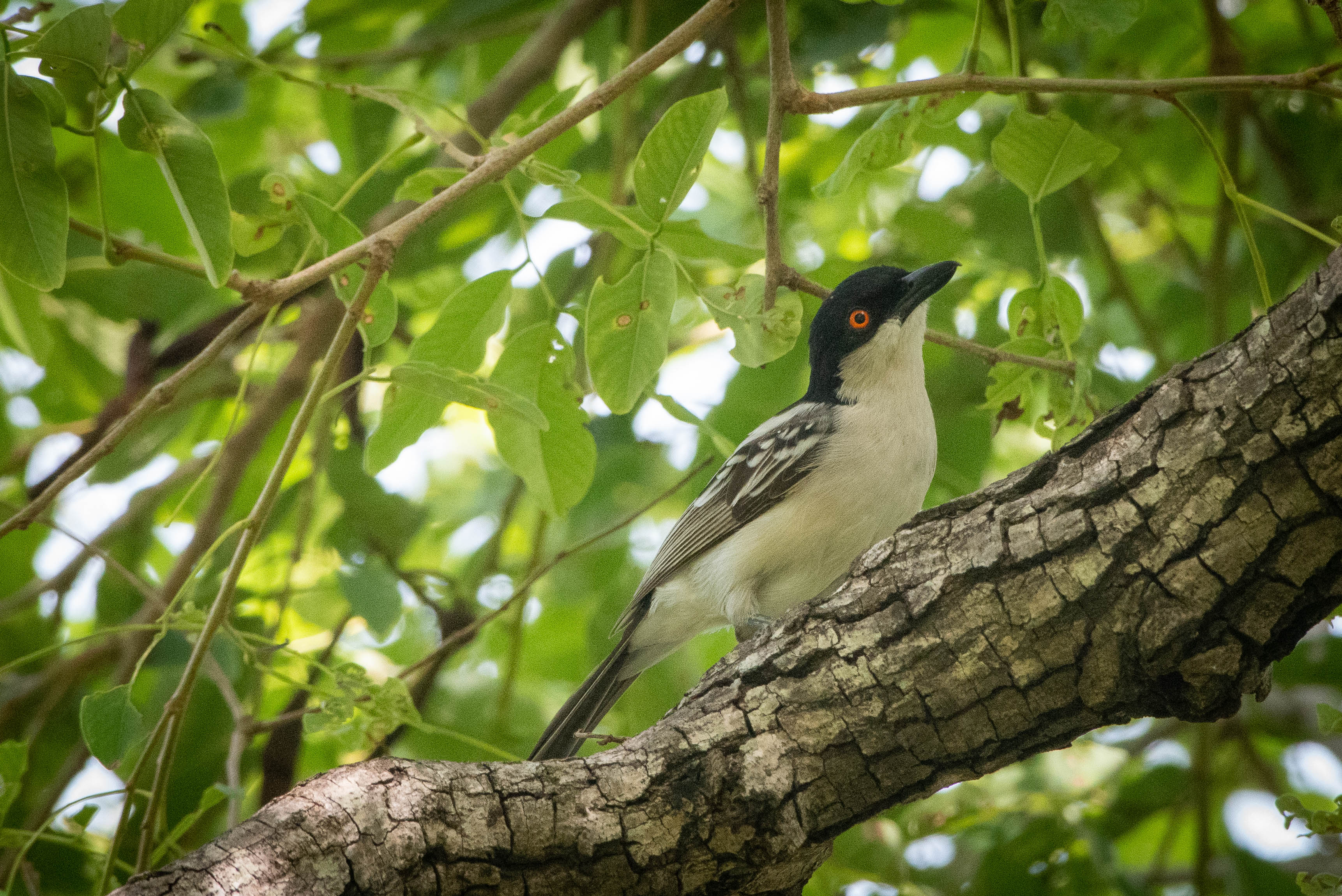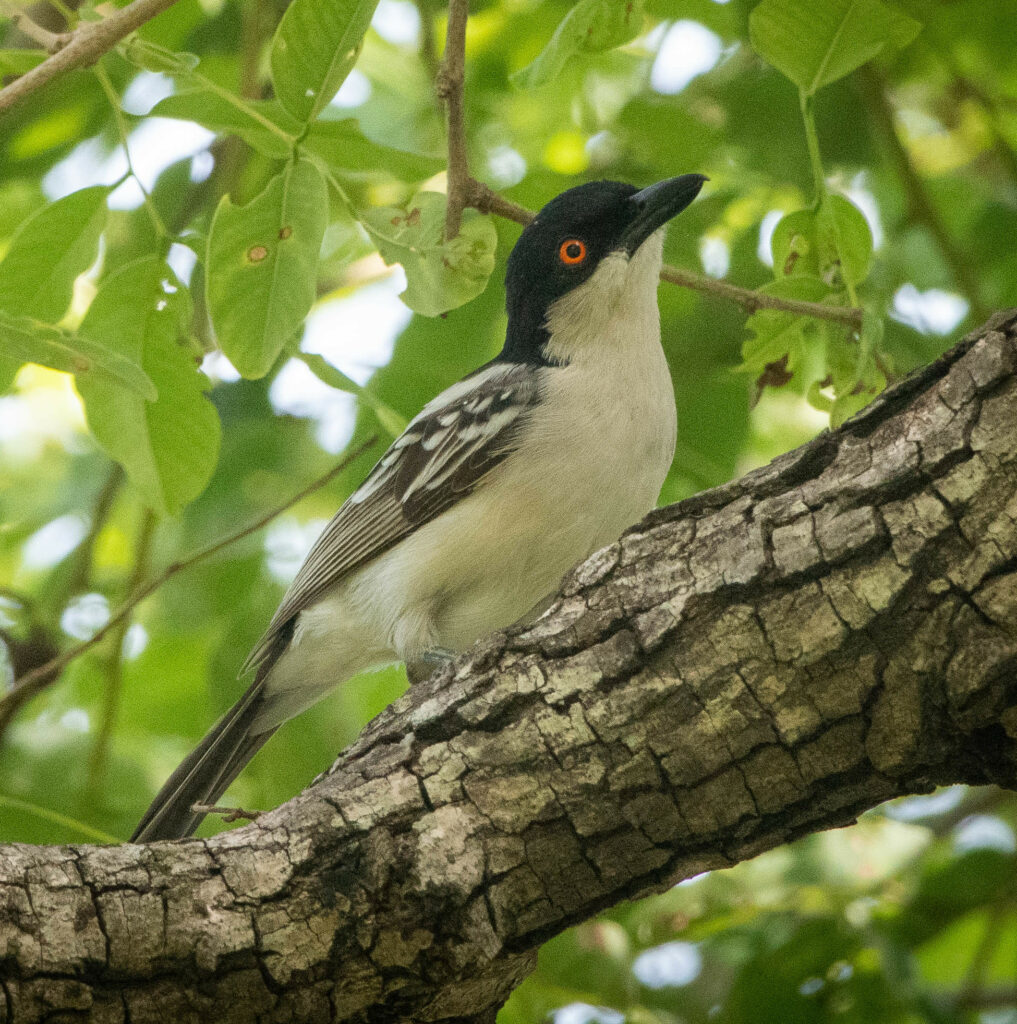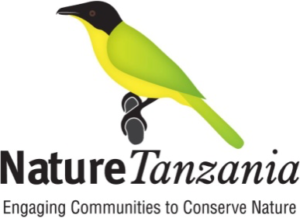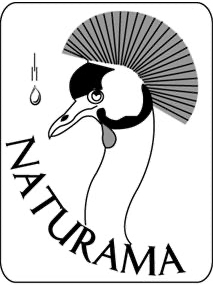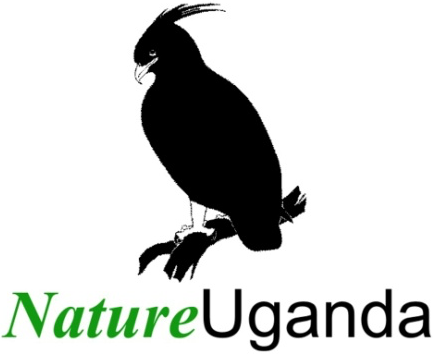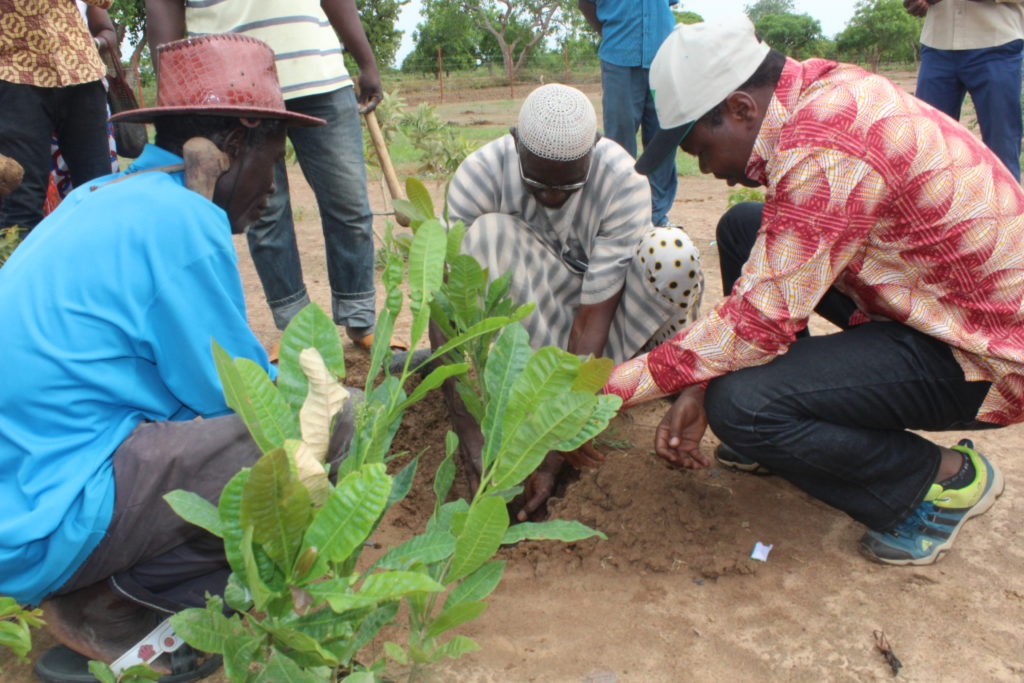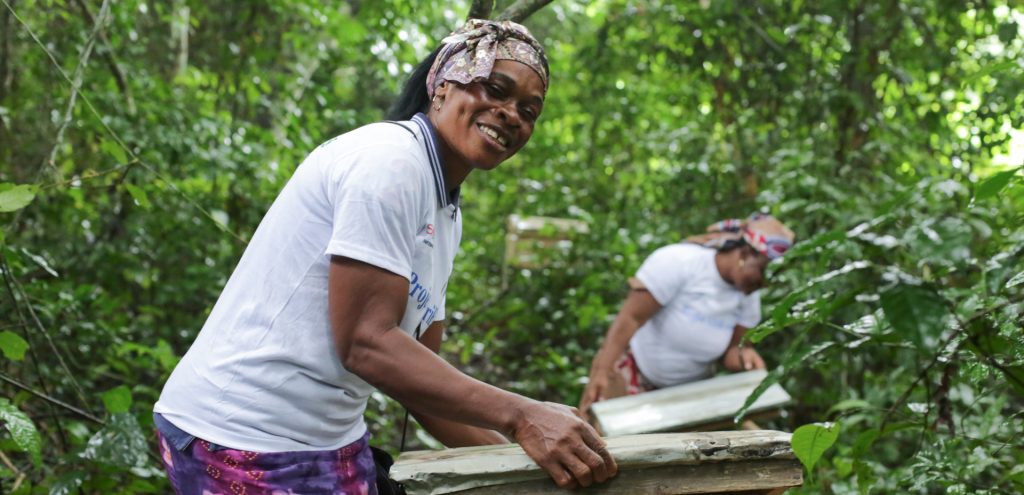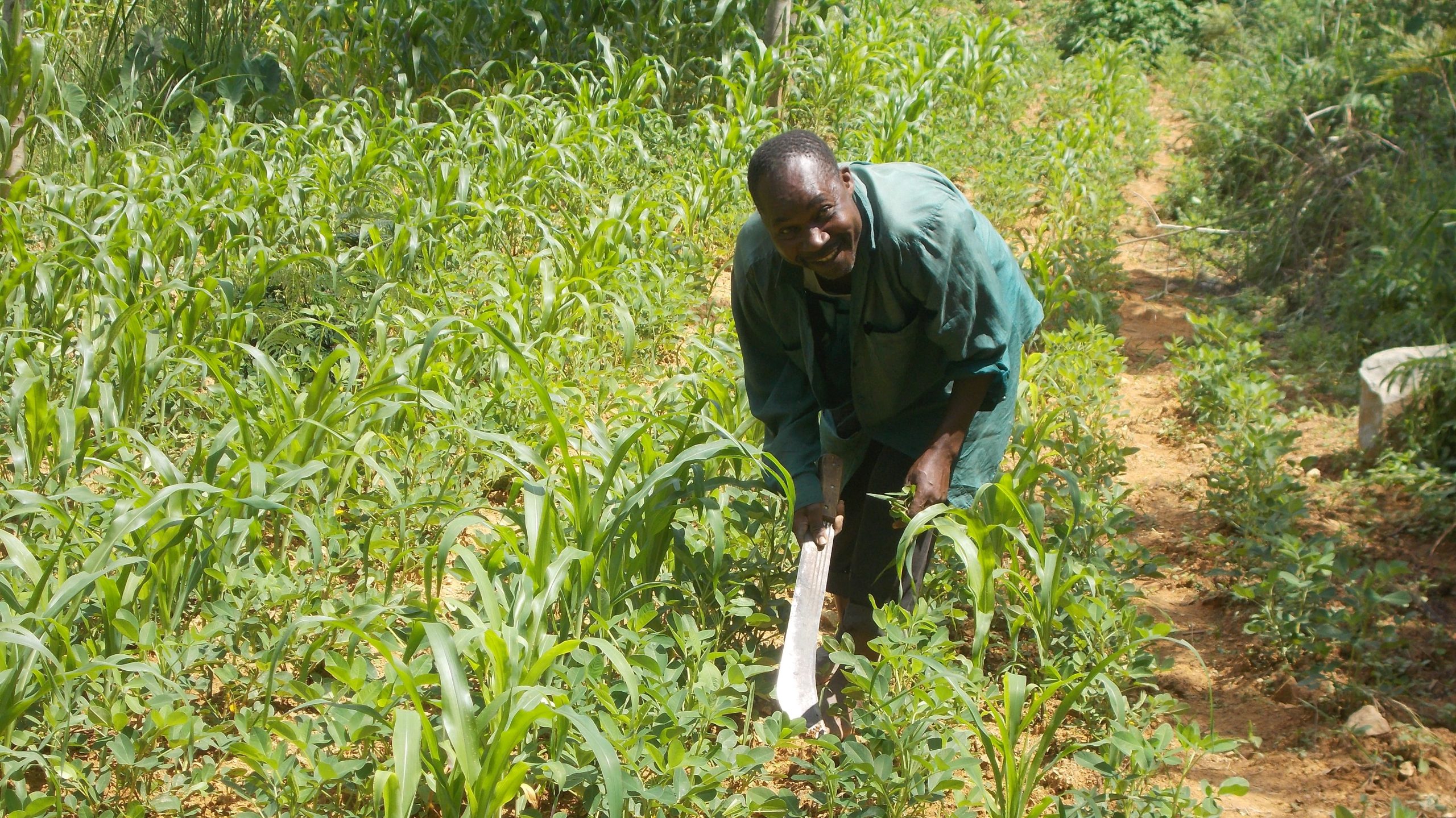AfriEvolve – Capacity development for green NGOs in Africa
Green NGOs play a critical role in advocating for the interests of local communities and in securing livelihoods. Nevertheless, local organisations in Africa are confronted with numerous structural challenges to secure long-term funding, to retain expertise and to increase their influence beyond the environmental sphere at national and regional level.
All involved six African NGOs work at the focal point between conservation in and around protected areas and the needs of local people’s livelihoods. Rural communities suffer increasingly from the effects of climate change such as heavy rain falls, unexpected frost, extreme dry spells, and erosion are exacerbating poor harvests and crop failures. This in turn results in poverty and increased dependency of people on the natural resources of their environment.
Project factsheet
Period: February 2021 to December 2023
Partners: Ghana Wildlife Society, NATURAMA, Nature Kenya, Nature Tanzania, Nature Uganda, SOS-Forêts
Sponsored by: the German Federal Ministry for Economic Cooperation and Development (BMZ) and the Nature and Biodiversity Conservation Union (NABU)
Contributing to: AfriEvolve contributes to the following SDGs:
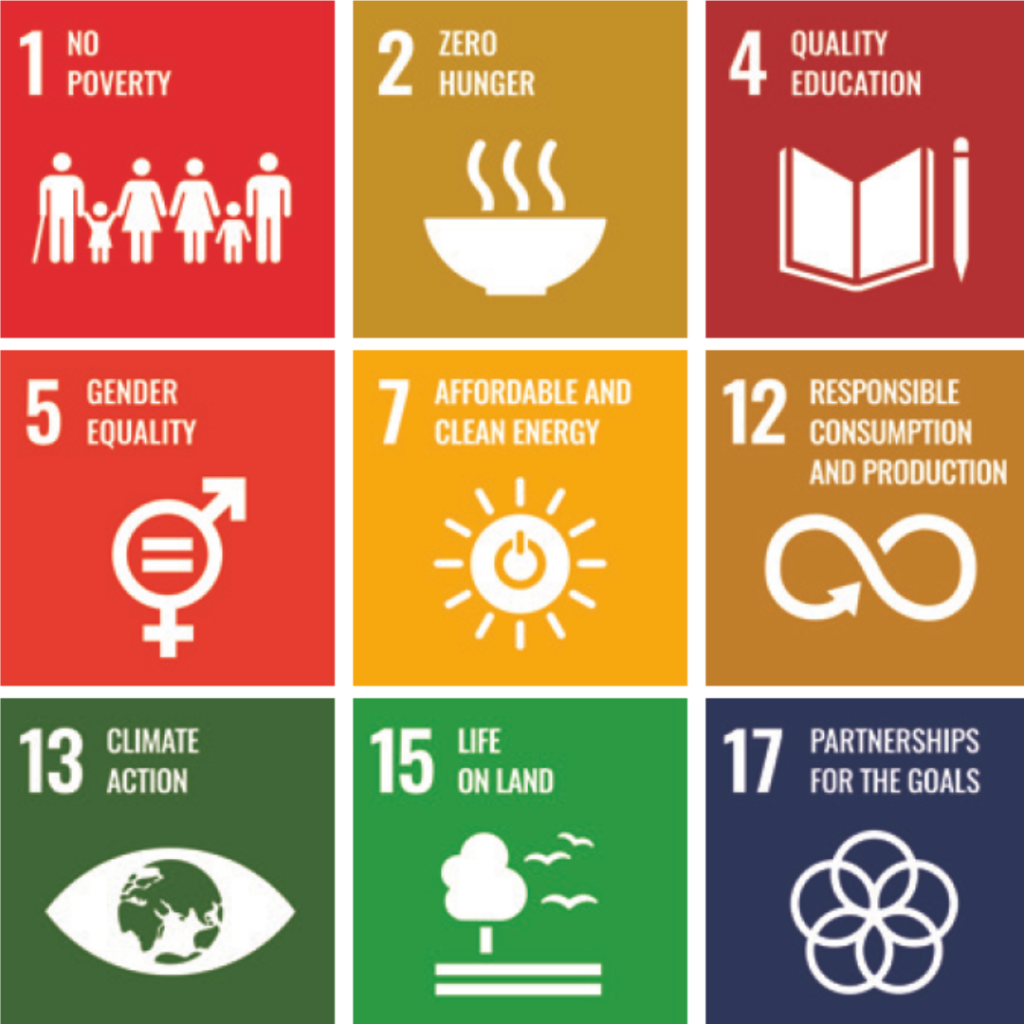
Project advisory board
The primary task of the Project Advisory Board is to provide external professional and unbiased advice to enhance the achievements and the successes of the AfriEvolve project. On a biannual basis, representatives of each partner organisation are reporting major project updates to a pool of experts and receive in return critical feedback. Members of the Project Advisory Board are experts working for BirdLife International, the Food and Agriculture Organization of the United Nations (FAO), the Potsdam Institute for Climate Impact Research (PIK), the International Union for Conservation of Nature (IUCN) and the Federal Ministry for Economic Cooperation and Development, Germany (BMZ).


